Key Points: How to Get Rid of Bees Safely
- Bees are vital but can be dangerous near people or pets, especially for allergy sufferers.
- DIY methods like smoke, garlic, and essential oils help repel small bee infestations naturally.
- Call professionals for large hives, aggressive species, or hard-to-reach nests to ensure safe removal.
- Use instant-kill solutions only in emergencies to avoid environmental harm.
- Seal entry points after removal to stop bees from returning; inspect regularly.
- Maintain a clean, trimmed outdoor space to discourage bee nesting.
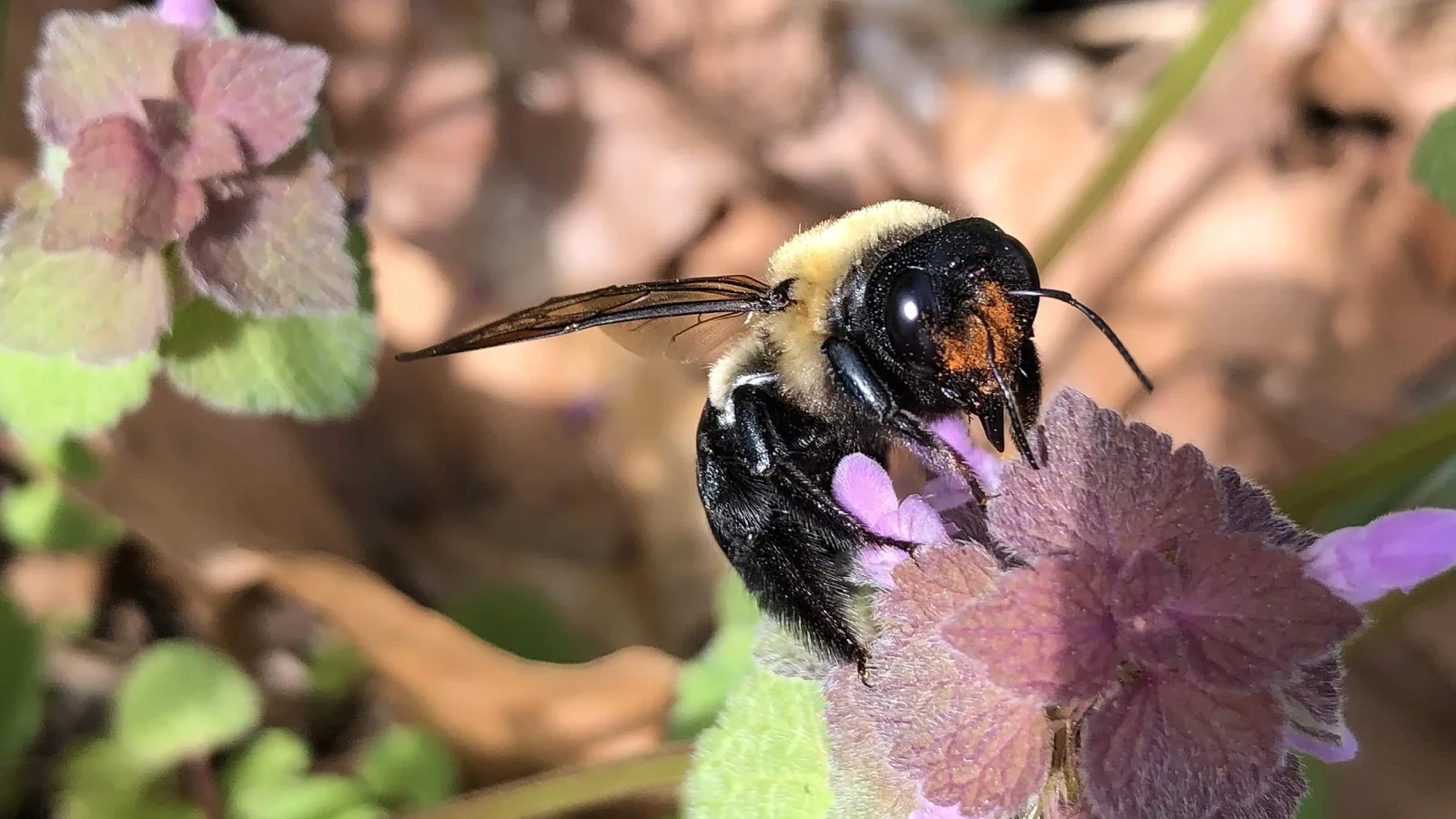 Bees are vital to our ecosystem, playing a crucial role in pollination and biodiversity. Without them, crops would fail, flowers would struggle to bloom, and the balance of nature would be disrupted. However, when bees take up residence in your home, garden, or other property areas, they can become a nuisance and even a safety risk. Knowing how to get rid of bees safely and effectively is essential, not just for your well-being but also to protect these important pollinators.
Bees are vital to our ecosystem, playing a crucial role in pollination and biodiversity. Without them, crops would fail, flowers would struggle to bloom, and the balance of nature would be disrupted. However, when bees take up residence in your home, garden, or other property areas, they can become a nuisance and even a safety risk. Knowing how to get rid of bees safely and effectively is essential, not just for your well-being but also to protect these important pollinators.
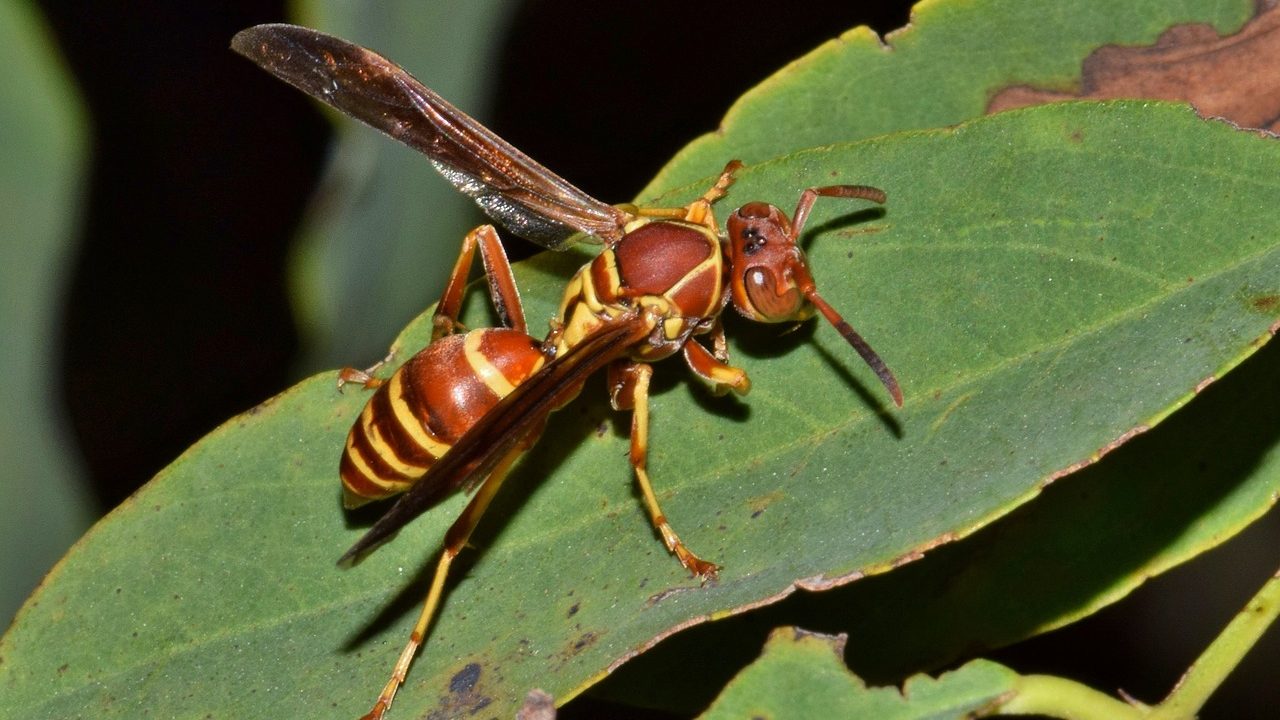

Not getting a solution?
Get your free pest control estimate today!Common Types of Bees
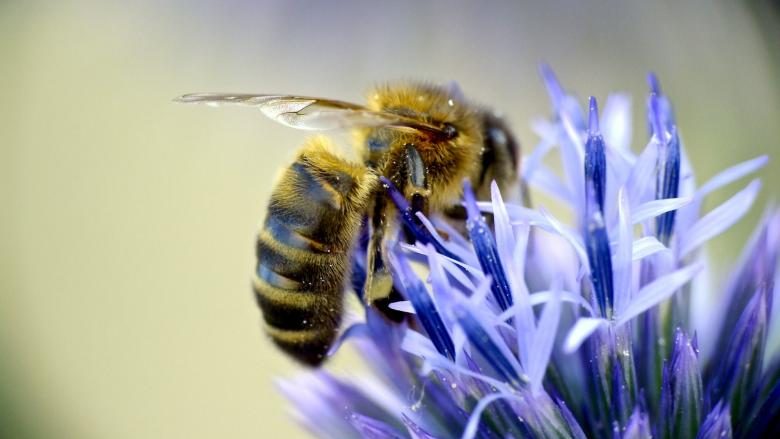
Honey Bees
Crucial pollinators that may cause property damage when nesting in walls or attics.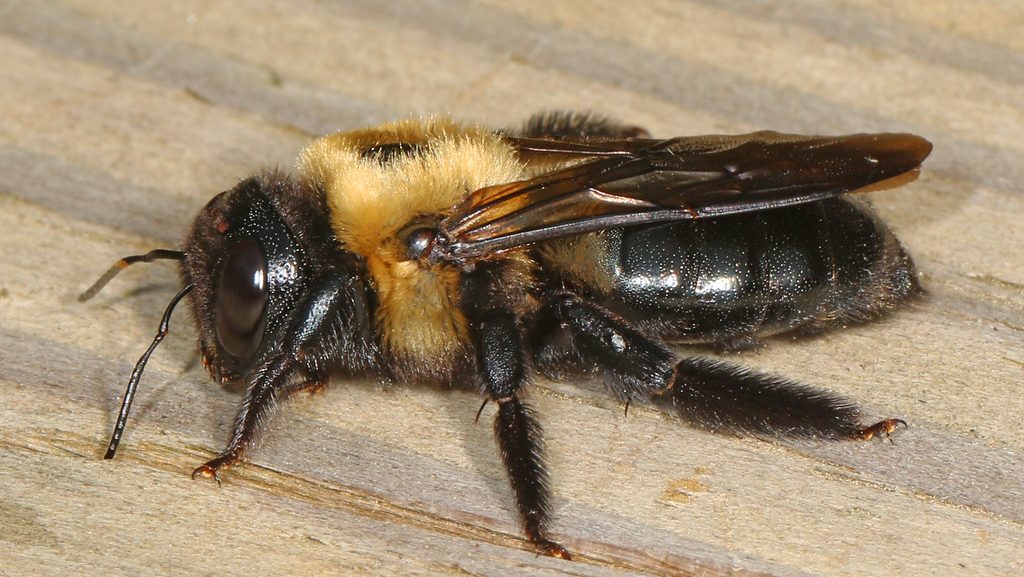
Carpenter Bees
Burrow into wood structures, leading to long-term structural damage.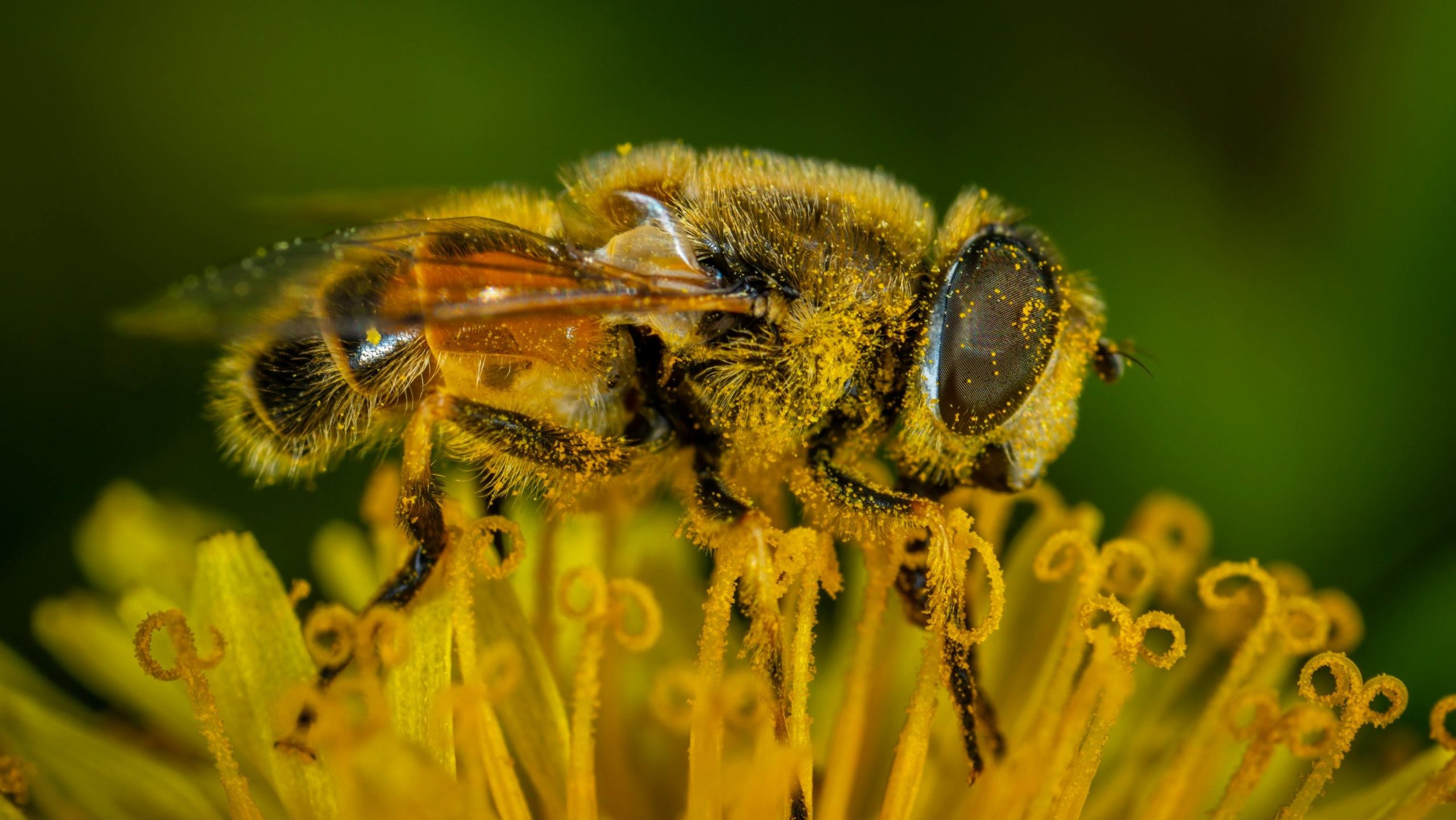
Bumble Bees
Nest underground or under rocks and may become defensive when disturbed.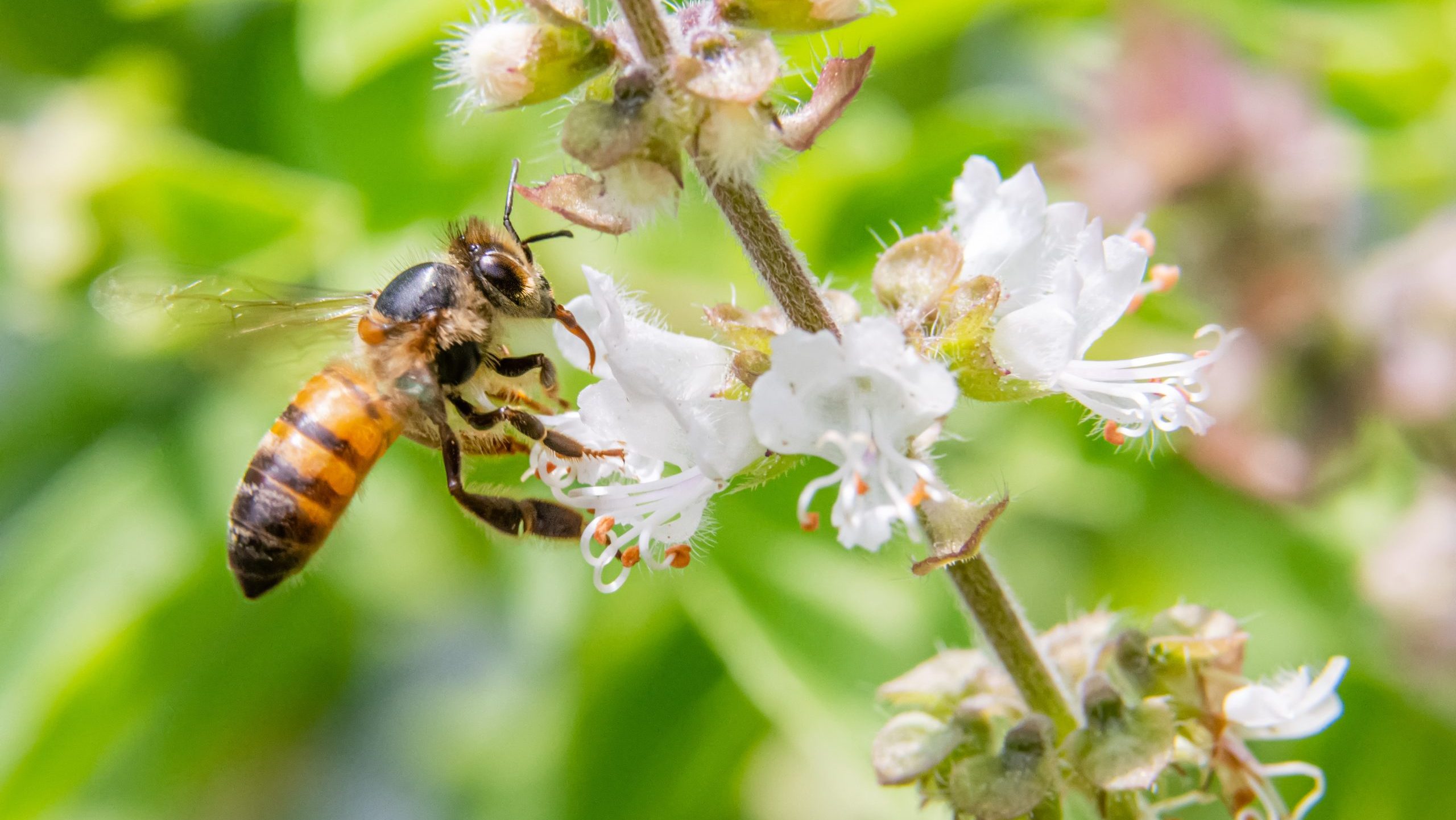
Africanized Honey Bees
Highly aggressive and dangerous, posing threats to humans and pets.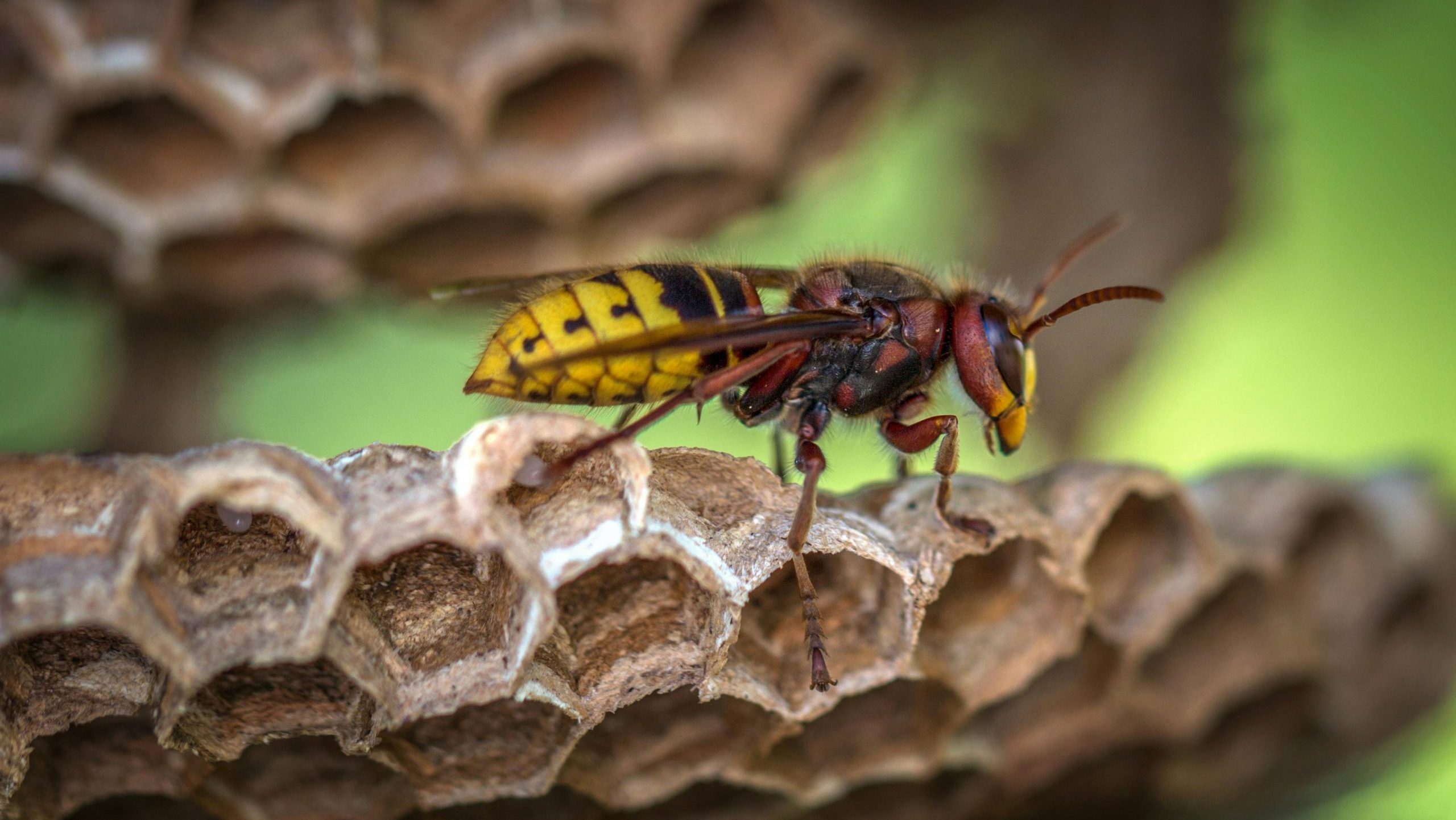
Yellow Jackets
Aggressive wasps that deliver painful stings when their nests are threatened.When Are Bees Harmful?
While bees are beneficial to the environment, their presence near humans can lead to risks that shouldn’t be overlooked. Health Risks For individuals allergic to bee stings, even a single sting can cause severe reactions, including swelling, difficulty breathing, or anaphylactic shock. Pets are also at risk if they encounter aggressive bees or stumble upon a hive. Africanized honey bees pose a particular danger due to their tendency to swarm and sting multiple times. Property Damage Bee colonies, particularly honey bees, can cause extensive structural damage. Hives built in walls or attics lead to honey buildup, which can seep into drywall and attract pests like ants or rodents. Carpenter bees can damage wooden structures over time, creating unsightly holes that weaken the integrity of beams and furniture.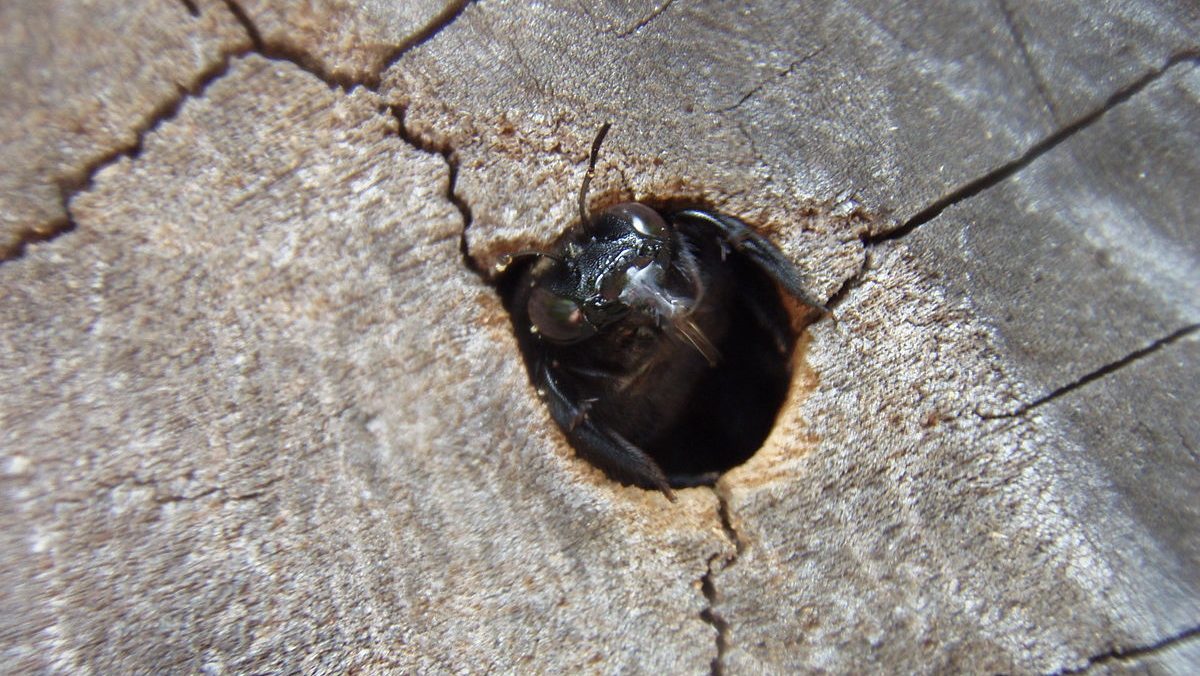 Environmental Concerns
Bees play a vital role in the ecosystem, making humane removal a priority. Exterminating bees can disrupt local biodiversity and harm crops reliant on pollination. Whenever possible, opt for humane methods to relocate bees rather than exterminating them.
Environmental Concerns
Bees play a vital role in the ecosystem, making humane removal a priority. Exterminating bees can disrupt local biodiversity and harm crops reliant on pollination. Whenever possible, opt for humane methods to relocate bees rather than exterminating them.
How to Identify a Bee Infestation
-
Signs of a Hive: Humming or buzzing noises near walls, ceilings, or trees may indicate a hidden hive. Look for visible entry points around your home, such as cracks, holes, or gaps in walls and roofs.
-
Bee Appearance: Honey bees are small, golden, and fuzzy. Carpenter bees have shiny, dark bodies and are often seen hovering near wood. Bumble bees are large and round with a fuzzy yellow-and-black appearance. Recognizing these differences can help determine the best removal method.
-
Visible Damage: Carpenter bees leave small, perfectly round holes in wood. Honey bees may cause structural damage in hidden areas, with honey leaking through walls or ceilings.
-
DIY Detection: You can try identifying a beehive by observing bee activity. If bees swarm a specific area on your property, such as a tree or the side of your home, it’s likely they’ve established a hive. However, hidden infestations often require professional detection.
Methods for Bee Removal
When dealing with a bee infestation, the right approach depends on the size of the infestation and the type of bee involved. There are several methods for bee removal, ranging from simple DIY treatments to professional pest control solutions. Whether you’re dealing with a small group of bees or a large hive, these methods can help keep your home safe and bee-free. DIY Methods for Bee Removal DIY methods are often effective for small colonies or isolated bees that are causing minor disturbances. These treatments typically involve non-toxic solutions or physical methods to either repel or remove bees from the area.- Smoke Treatment: Smoke helps to calm bees and may make them easier to remove. Light a fire or use a smoker (common in beekeeping) near the hive or nest to drive the bees away.
- Watering Lawn/Garden Frequently: Keeping the area near the nest damp makes it less attractive to bees, especially carpenter bees that prefer dry wood.
- Garlic and Cinnamon: Strong-smelling substances like garlic and cinnamon can act as natural repellents. Place garlic cloves near the nest or sprinkle cinnamon around the affected area.
- Soda Bottle Trap: Cut a bottle in half, fill the bottom with sweet liquid, and place it near the nest. Bees will be attracted to the sweet scent and get trapped inside the bottle.
- Mothballs: Placing mothballs near a bee colony can also repel bees. They dislike the strong smell of mothballs, and it may drive them away.
- Seal Cracks and Holes: For carpenter bees, filling existing holes with wood putty or caulk can prevent them from further nesting.
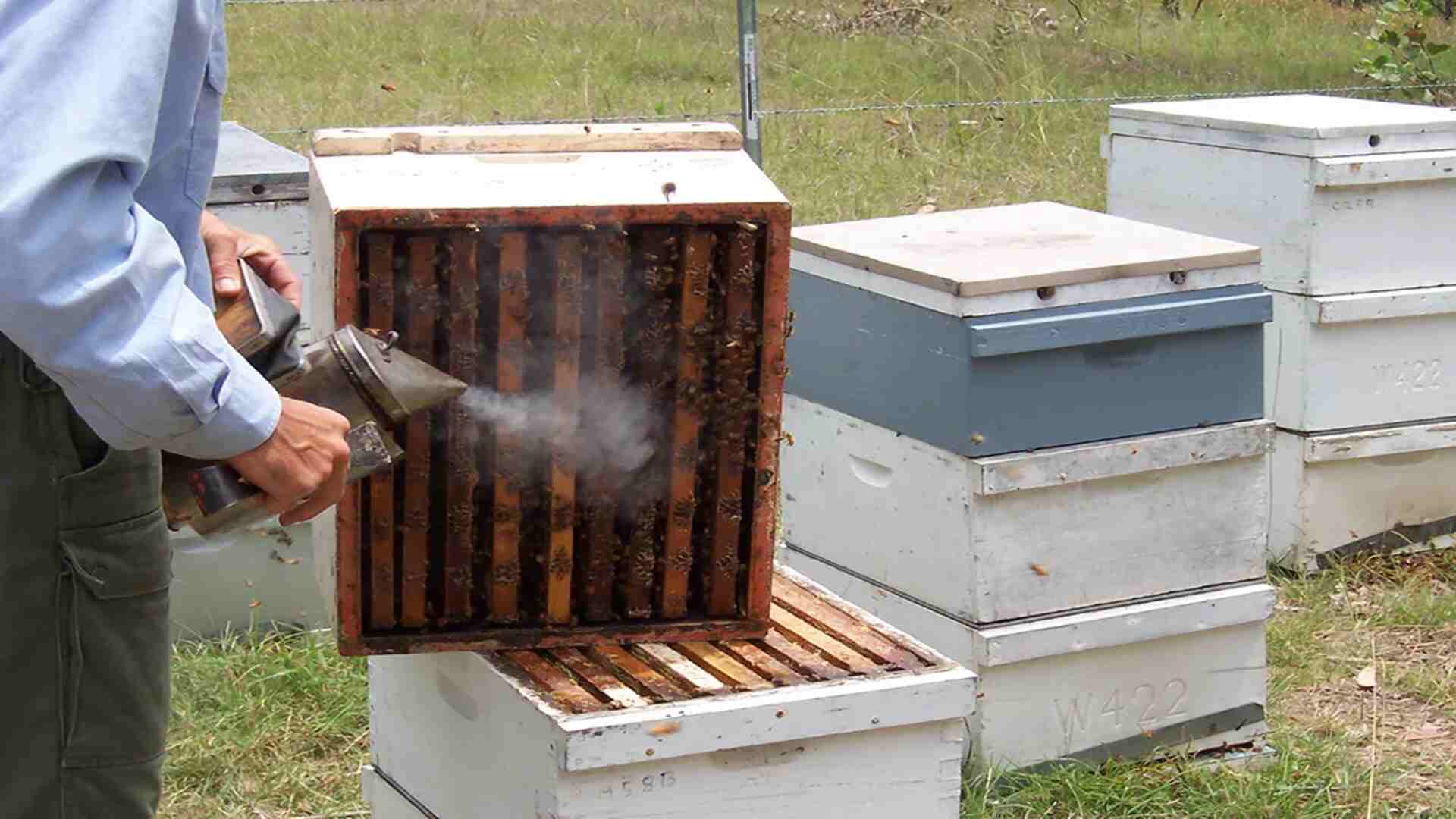
Natural Treatments for Bee Removal
-
Essential Oils: Oils like peppermint, citronella, and lavender act as natural bee repellents. Mix a few drops of essential oils with water in a spray bottle and apply around areas where bees are present.
-
Cucumber Slices: Bees dislike the smell of cucumber. Placing cucumber slices around the hive or nest area can help keep them at bay.
-
Citrus Peels: Like cucumber, citrus has a scent that repels bees. Placing citrus peels around the colony or affected areas may discourage bees from settling there.
-
Herbs and Plants: Some plants naturally repel bees, such as eucalyptus, basil, and thyme. Planting these around your home can serve as a natural deterrent.
Professional Bee Removal Services
For more serious infestations or when bees are located in difficult-to-reach areas, professional pest control services are the safest and most effective option. Pest control specialists have the tools and expertise to handle bee removal without causing harm to the bees or your property. Humane Hive Relocation Professional services often relocate the hive rather than exterminating the bees. This method ensures that bees are preserved, which is crucial for pollination and the environment. Beekeepers may relocate the hive to a more appropriate location. Pest Control Treatment In more severe cases, Pest Control Experts use specialized, non-toxic sprays and traps to manage the bee population. These methods help to eliminate the immediate threat while protecting the environment. Removal of Large Hives
Hives that are hidden in hard-to-reach areas, such as inside walls, ceilings, or high tree branches, can be safely and efficiently removed by professionals. They use equipment like vacuums and special extraction tools to remove bees without harming them.
If you are looking for a quick solution to remove bees, here is what you need to know.
Removal of Large Hives
Hives that are hidden in hard-to-reach areas, such as inside walls, ceilings, or high tree branches, can be safely and efficiently removed by professionals. They use equipment like vacuums and special extraction tools to remove bees without harming them.
If you are looking for a quick solution to remove bees, here is what you need to know.
What Kills Bees Instantly?
While bees are essential to the environment, certain situations may require immediate action to eliminate them, particularly if they pose a direct threat to human safety or property. However, it’s important to balance effectiveness with environmental responsibility. Using methods that kill bees instantly should be a last resort, reserved for aggressive infestations or scenarios where removal or relocation isn’t feasible.Chemical Solutions for Instant Bee Control
1. Insecticide Sprays
Commercial insecticides designed specifically for bees or wasps are highly effective in killing bees on contact. These sprays can reach up to 20 feet, making them ideal for nests in hard-to-reach areas.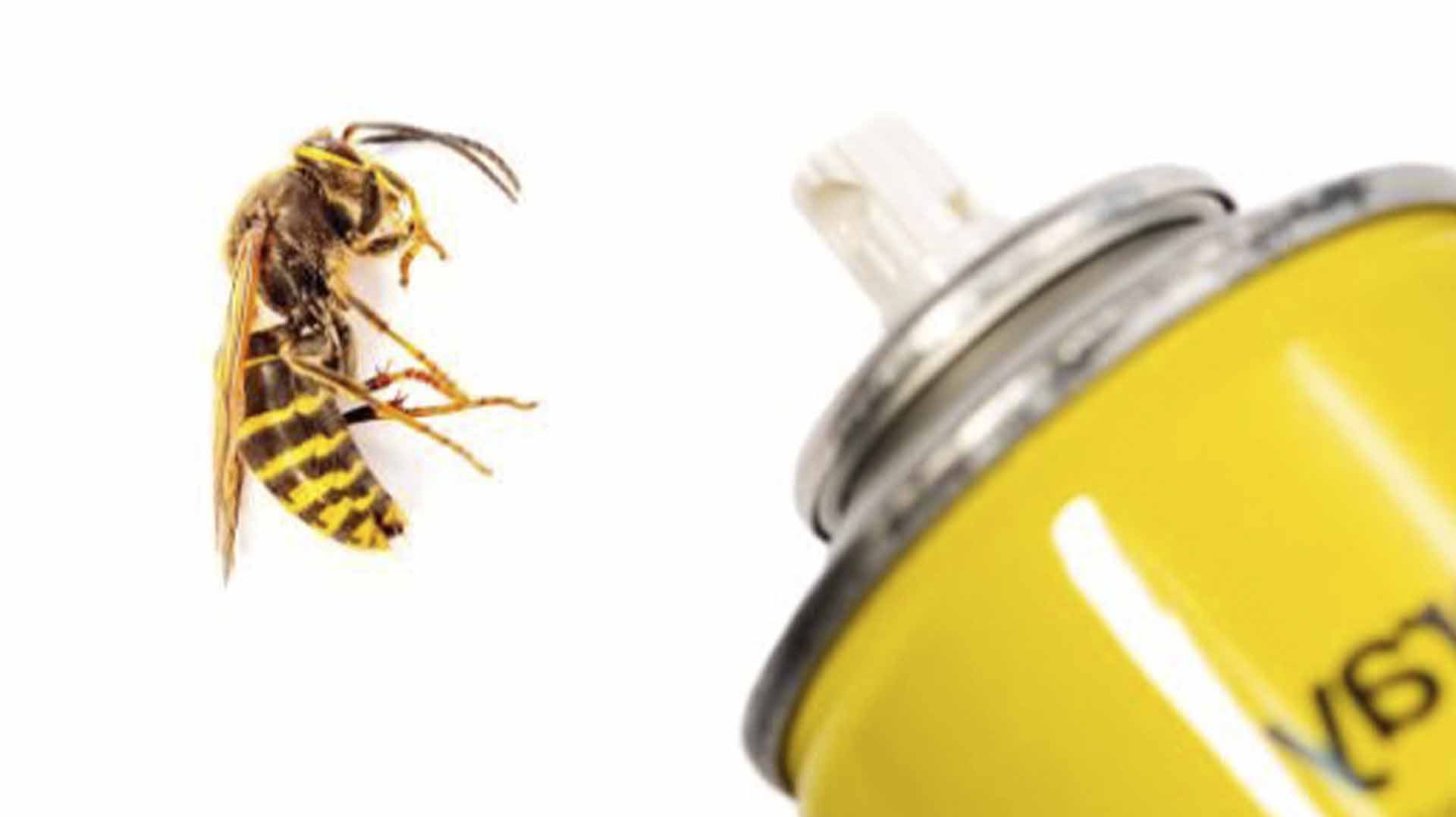
INSTRUCTIONS
a. Stand Safely
- Stand at a safe distance and spray directly on the hive or swarm, following the manufacturer’s safety instructions.
b. Be Cautious
- These chemicals can harm other beneficial insects and should be used sparingly.
2. Bee-Killing Powders
Dusts containing active ingredients like carbaryl or deltamethrin can be applied near the hive's entrance. Bees come into contact with the powder as they enter or leave, killing them within hours.
INSTRUCTIONS
a. Apply Powder
- Apply the powder during the evening when bee activity is minimal to avoid stings.
3. Homemade Soap and Water Mixture
A simple mixture of dish soap and water can kill bees instantly by clogging their breathing pores. This is a cost-effective and less harmful option compared to harsh chemicals.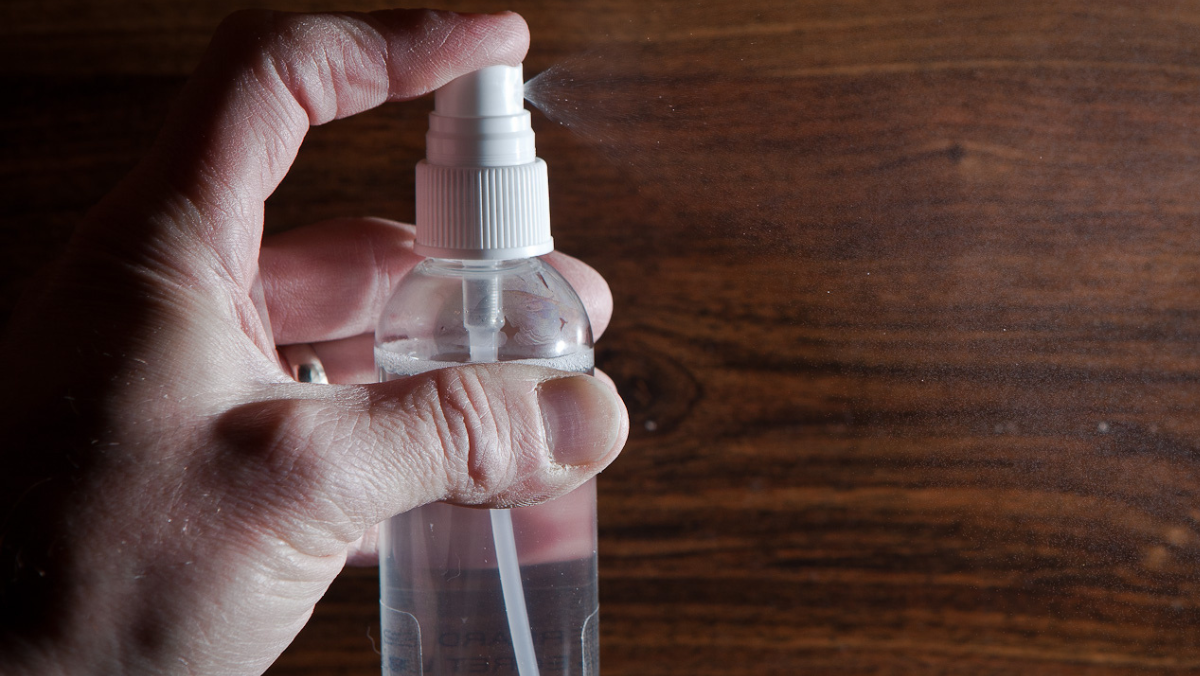
INGREDIENTS
-
 1 cup of dish soap
1 cup of dish soap
-
 4 cups of water
4 cups of water
INSTRUCTIONS
a. Prepare the Mixture
- Mix 1 cup of dish soap with 4 cups of water in a spray bottle.
b. Apply the Mixture
- Apply directly to the bees or hive to kill them instantly.
Solutions to Remove Bees Without Killing Them
1. Vinegar Spray
Vinegar disrupts the bees' nervous systems and can kill them when sprayed directly.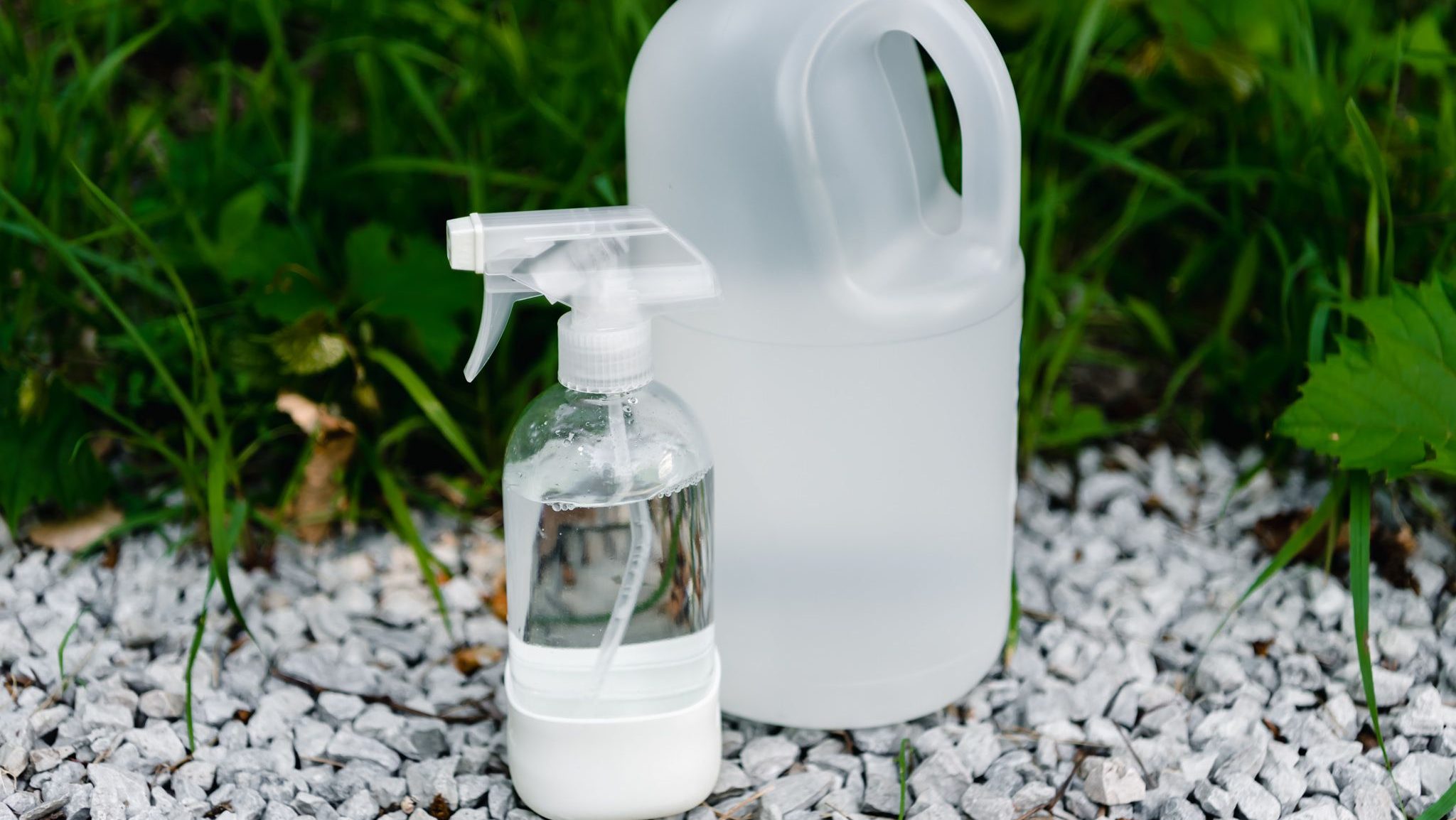
INSTRUCTIONS
a. Prepare the Solution
- Mix equal parts white vinegar and water.
b. Apply the Spray
- Spray directly on bees or around the hive.
2. Boiling Water
Pouring boiling water directly onto a ground hive or nest can kill bees instantly. This method is particularly effective for bumble bee nests in soil.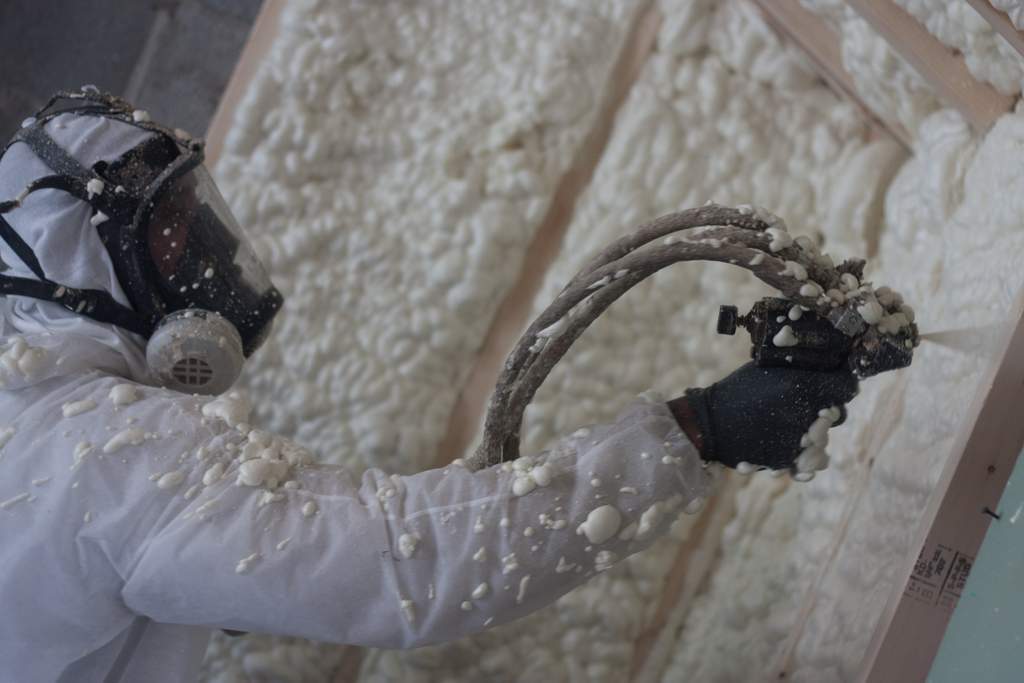
INSTRUCTIONS
a. Pour Boiling Water
- Carefully pour boiling water directly onto the hive or nest.
b. Exercise Caution
- Ensure you are protected from potential stings, and only use this method in non-flammable areas.
Limitations and Considerations
-
Harm to Ecosystems: Many of these methods not only kill bees but can also harm other beneficial insects and plants. Consider the broader environmental impact before using them.
-
Risk to Humans: Using instant bee-killing methods, particularly chemicals, increases the risk of stings and allergic reactions. Always wear protective clothing and follow safety guidelines.
When to Use Instant Bee Control
-
If the hive is in a high-risk area, such as near children’s play zones or doorways.
-
When dealing with aggressive species like Africanized honey bees that pose an immediate danger.
-
If relocating or professional removal is not an option and the infestation must be resolved quickly.
Why Opt for Humane Alternatives Instead?
Whenever possible, prioritize humane bee removal methods that involve relocating the hive rather than exterminating the bees. This approach preserves the ecological balance and supports pollination, which is critical for agriculture and biodiversity.When to Call a Professional
-
Large Colonies or Aggressive Bees: If the infestation involves Africanized honey bees or a significant number of bees, professional help is essential.
-
Difficult-to-Reach Areas: Hives inside walls, attics, or high tree branches are best handled by experts with the right equipment.
-
Allergy Concerns: If anyone in your household is allergic to bee stings, calling a professional ensures safety and minimizes risk.
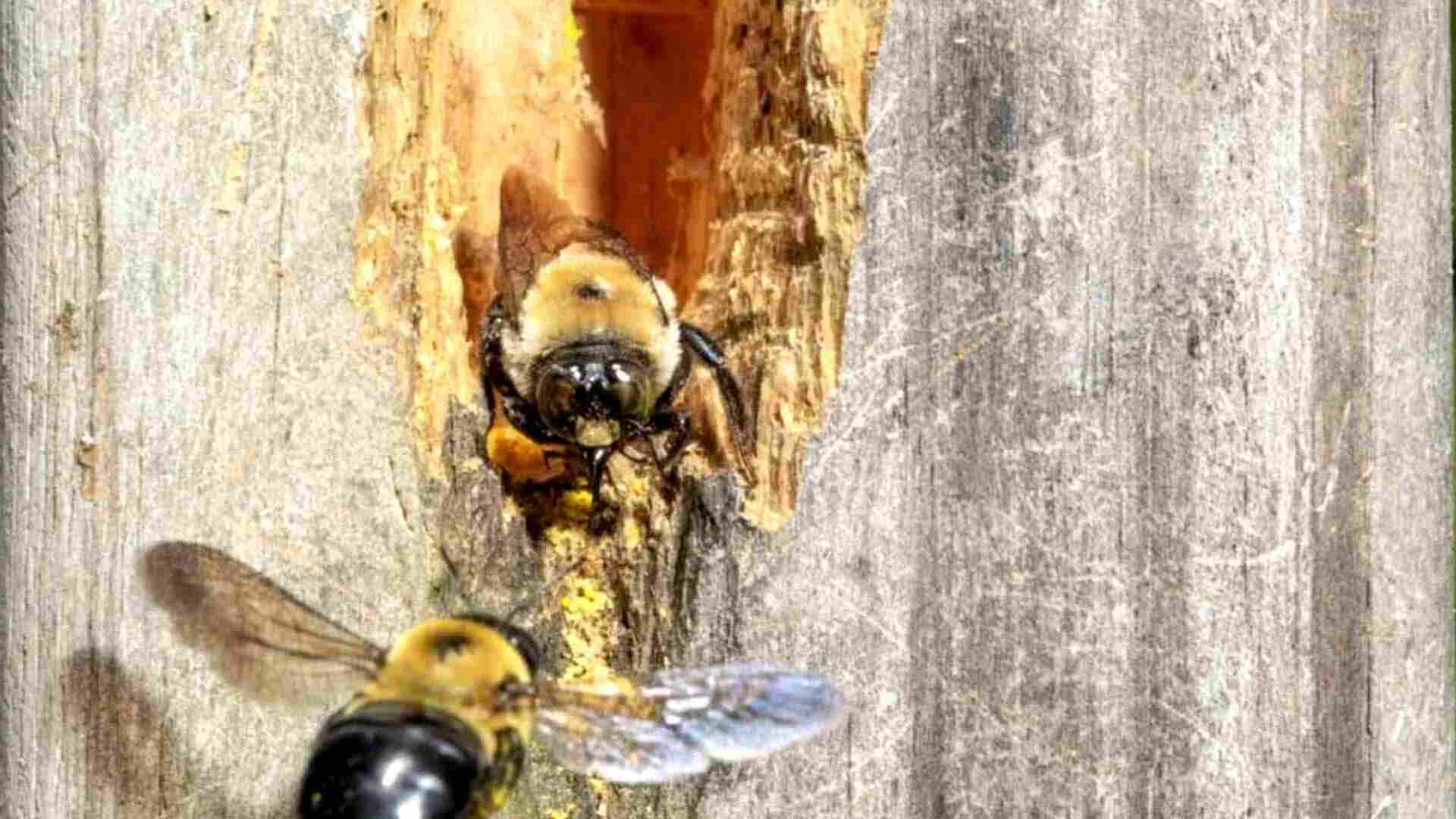
Preventing Future Infestations
Once you’ve removed the bees, taking steps to prevent future infestations is critical. Seal Entry Points After removing the hive, seal any cracks, holes, or gaps around your home. Use caulk or mesh screens to block potential entry points. Regular Inspections Conduct regular inspections of your property, especially during bee season in spring and summer. Early detection can prevent minor issues from escalating. Outdoor Maintenance Maintain your yard by removing debris, trimming overgrown plants, and keeping food sources like sweet-smelling flowers or fruits away from high-traffic areas.Dos and Don’ts for Bee Removal
DO'S
-
Wear protective gear to minimize sting risks.
-
Use natural repellents for eco-friendly removal.
-
Call professionals for large or aggressive colonies.
DON'TS
-
Avoid reckless use of harsh chemicals.
-
Don’t block hive exits without proper removal.
-
Never agitate a hive to prevent swarming.





